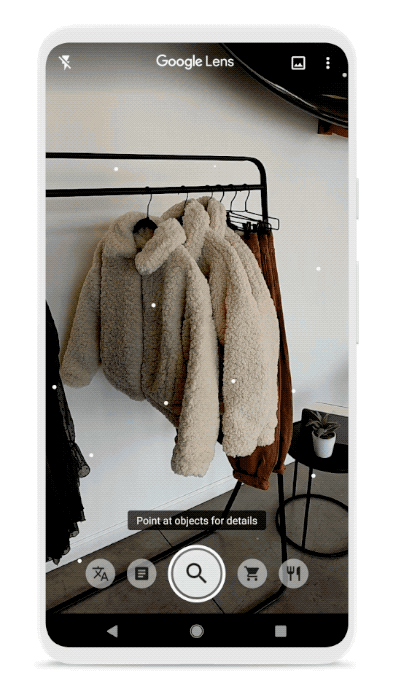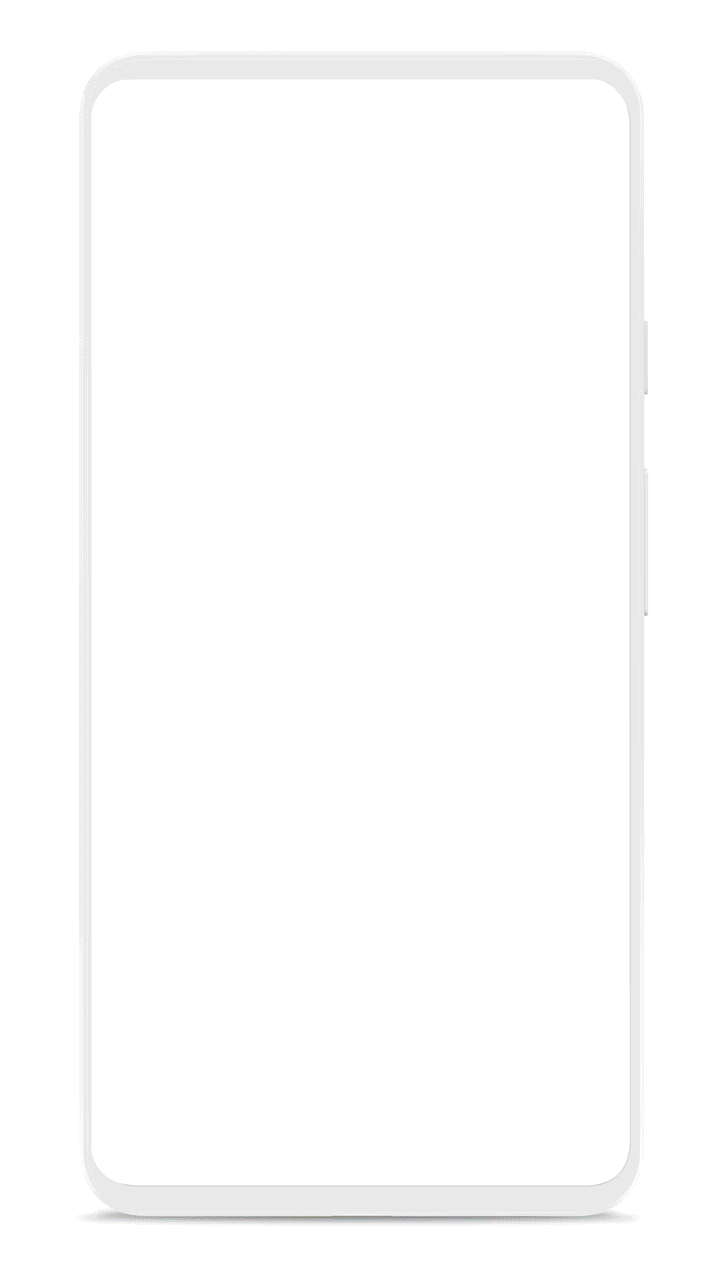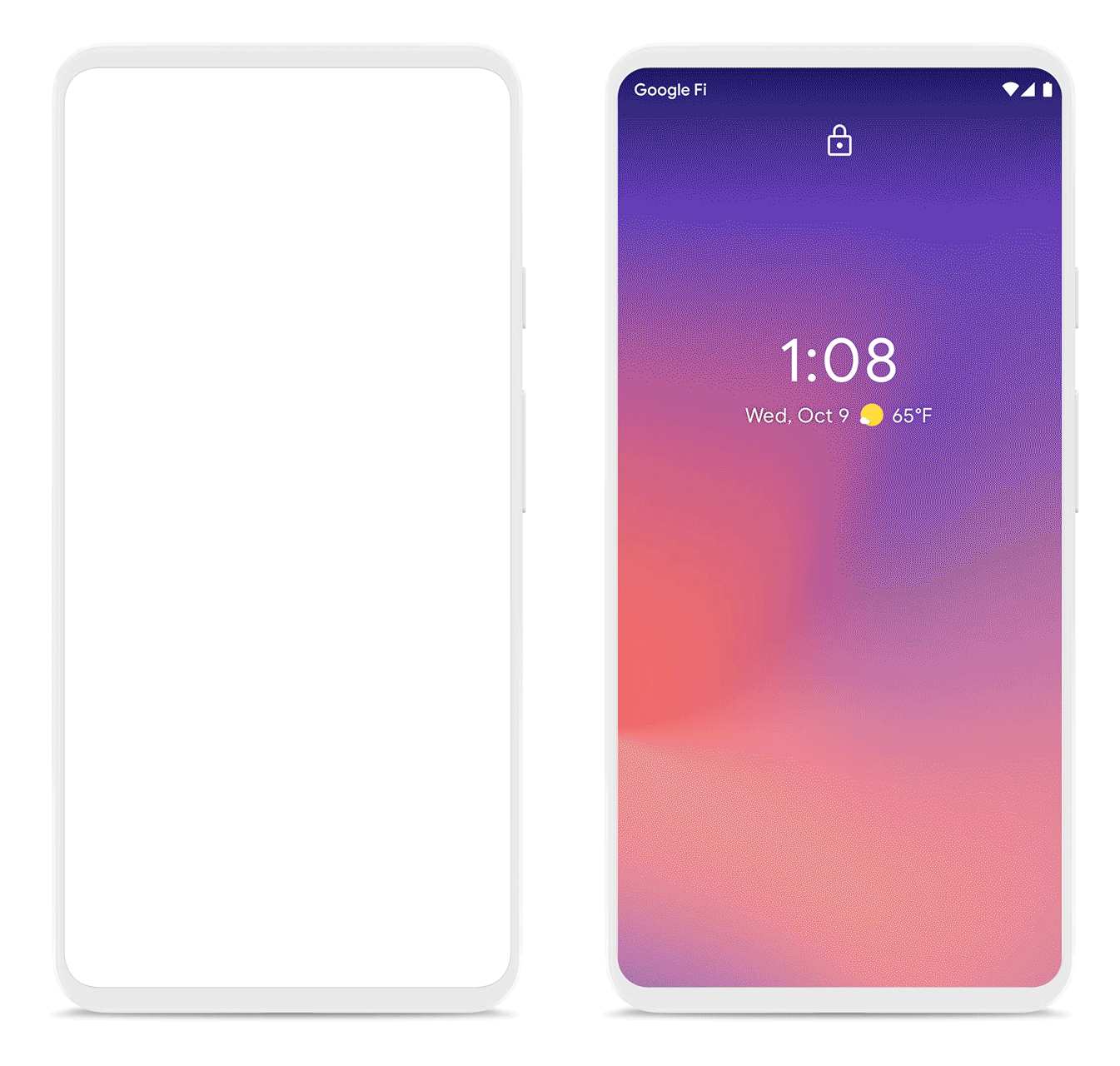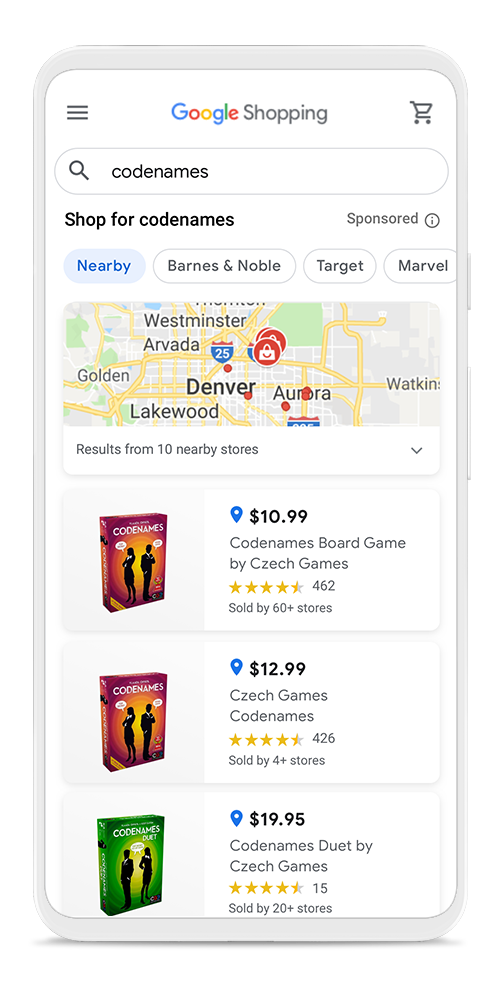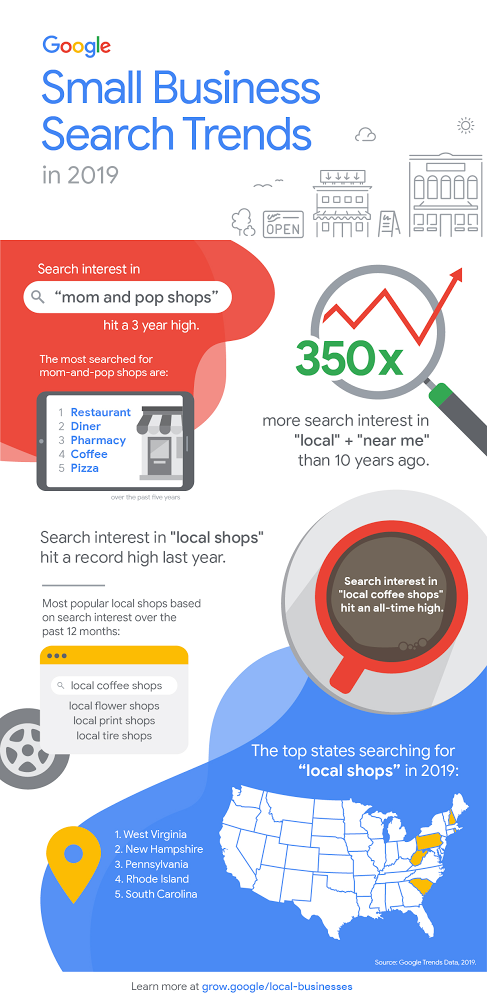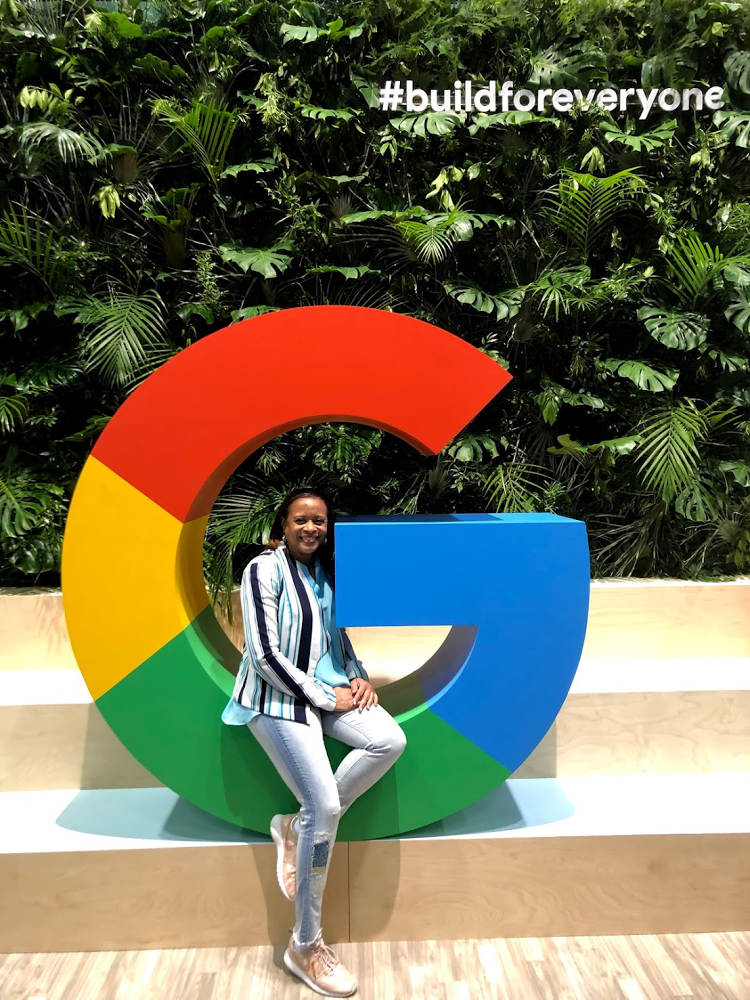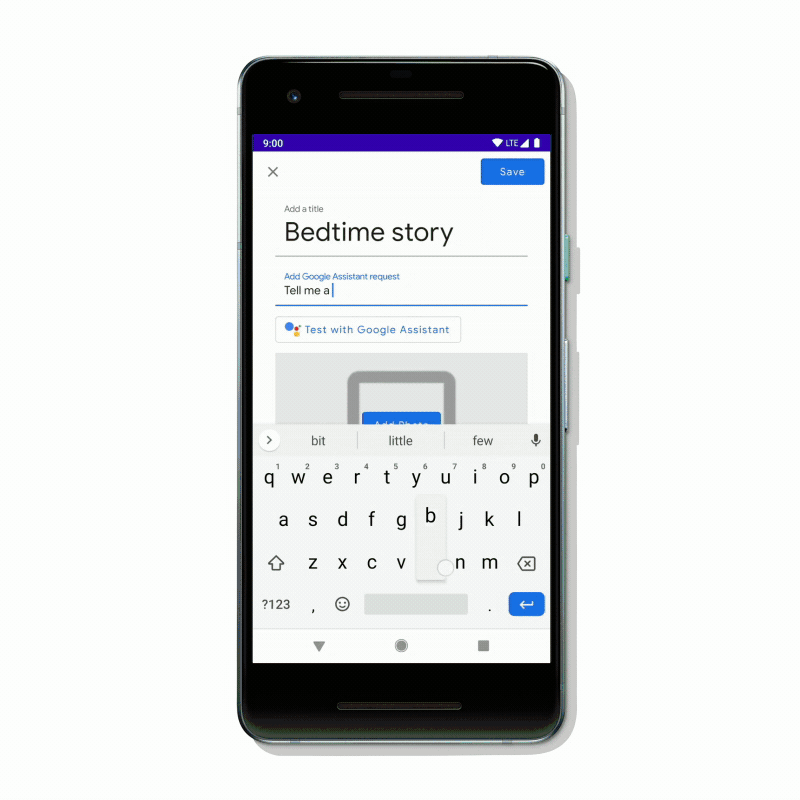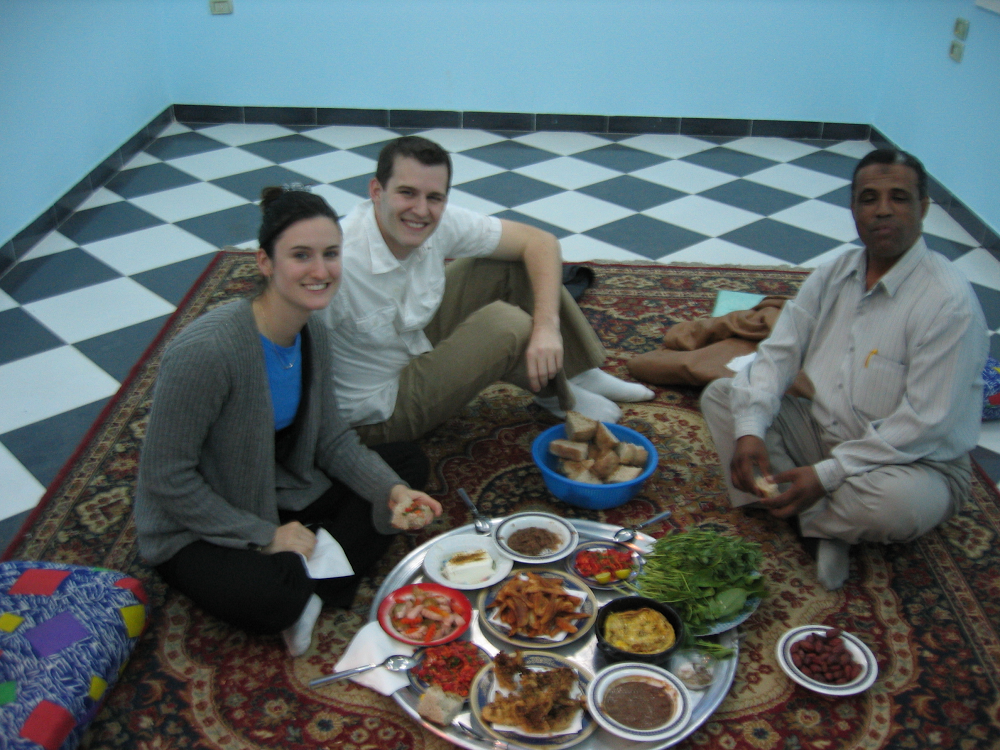With the rapid evolution of computing, in one generation’s time we’ve seen computers shrink from room-sized devices accessible to few to something anyone can own and hold in their hand. And with the evolution of cloud and AI we’ve reached a significant new milestone. Computing can now go beyond specialized devices and start providing digital experiences through everyday things around you—an idea we call “ambient computing.”
That’s the vision behind Jacquard by Google. We want everyone to have easy access to various digital functionalities through their everyday, ordinary things. Thanks to ambient computing, those things can be much more helpful while remaining true to their original purpose—like being your favorite jacket, backpack or a pair of shoes that you love to wear.
The first early adopter of the Jacquard platform was Levi's®. Today, we’re sharing our latest work with their team—the Levi's® Trucker and Sherpa Jackets with Jacquard by Google. Offered in both men’s and women’s sizes across six countries (Australia, France, Germany, Italy, Japan, U.K. and U.S.), this collaboration merges the iconic style of Levi’s® with ambient computing technology to enhance your everyday experiences.
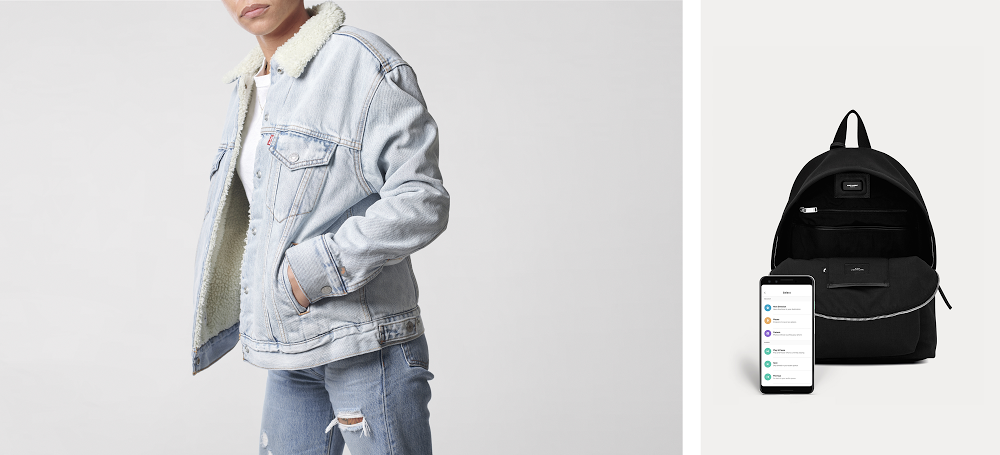
These jackets include significant updates to the Jacquard platform, which we’ve updated to support a growing number of partners and garments. The most recent product based on this updated platform is the connected backpack by Saint Laurent, Cit-E backpack with Jacquard technology, which we announced in August.
The central piece of the updated Jacquard platform is our new Jacquard Tag—which is smaller than a stick of gum and has a battery life of up to two weeks, and which makes Jacquard technology even more unobtrusive in these new connected products. The tag connects to our newly re-designed Jacquard app and allows you to personalize your Jacquard-enabled wardrobe to do what you would like it to do.
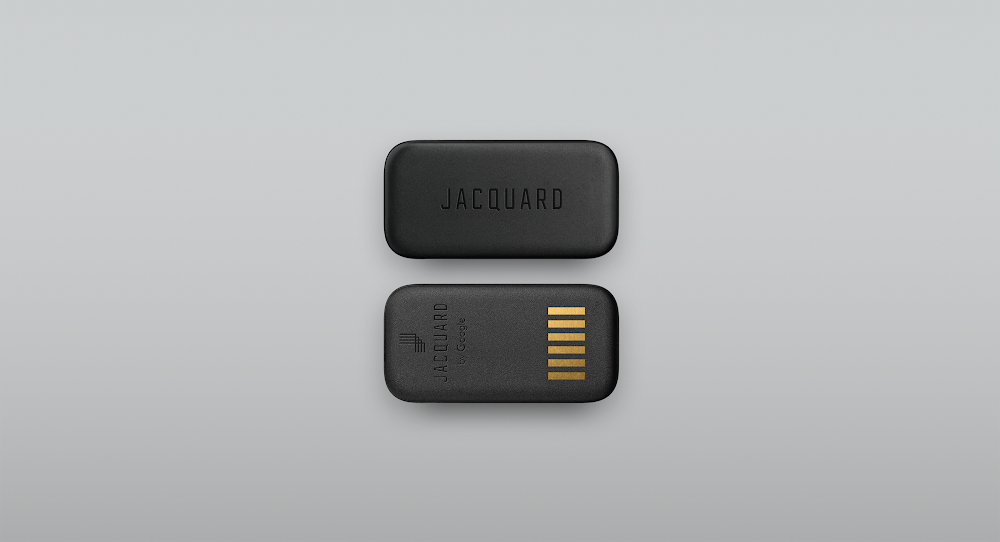
We have a long and growing list of abilities that can be accessed through your connected garment including music control, navigation, Always Together, and various alerts, such as a text message or rideshare alerts. In September, we updated Jacquard with a Camera ability and new Google Assistant features that make it easier for you to create highly customizable experiences. With “My Day,” you can get current updates on traffic, local weather, news and more. And with “Ask Assistant,” you can create your own Jacquard ability. So whether you want to control your smart home, get updates on the latest basketball score or just check what your commute looks like before you head out—you can program Jacquard to do all this (and much more!) with a simple gesture.

With Jacquard, we want to help you access your digital life through the garments and products you use every day. We see technology as an ingredient for making ordinary things better and more helpful—not turning them into gadgets—and we made Jacquard easy to implement so partners like Levi's and Saint Laurent can bring this vision to life. There’s lots more to come.
